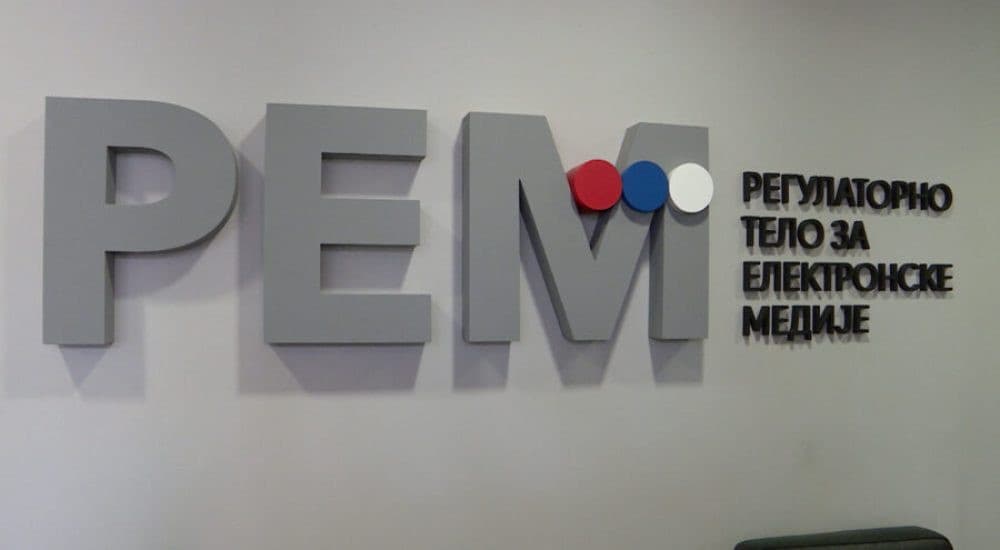Category
Latest News

Police Increasingly Brutal Towards Media Representatives: A Discussion on Journalist Safety Held in Novi Sad
October 20, 2025

VJT statistics on attacks against journalists from 2016 to the end of September 2025.
October 20, 2025

Mileva Malešić and Đorđe Vlajić are candidates from journalism associations for members of the REM Council.
October 20, 2025
.png&w=3840&q=75)
ANEM and the B92 Fund have raised 5,000 euros in aid for journalists from Gaza.
October 19, 2025

The first training for the safety of female journalists was held in Belgrade, during the registration period for November 15th.
October 18, 2025







